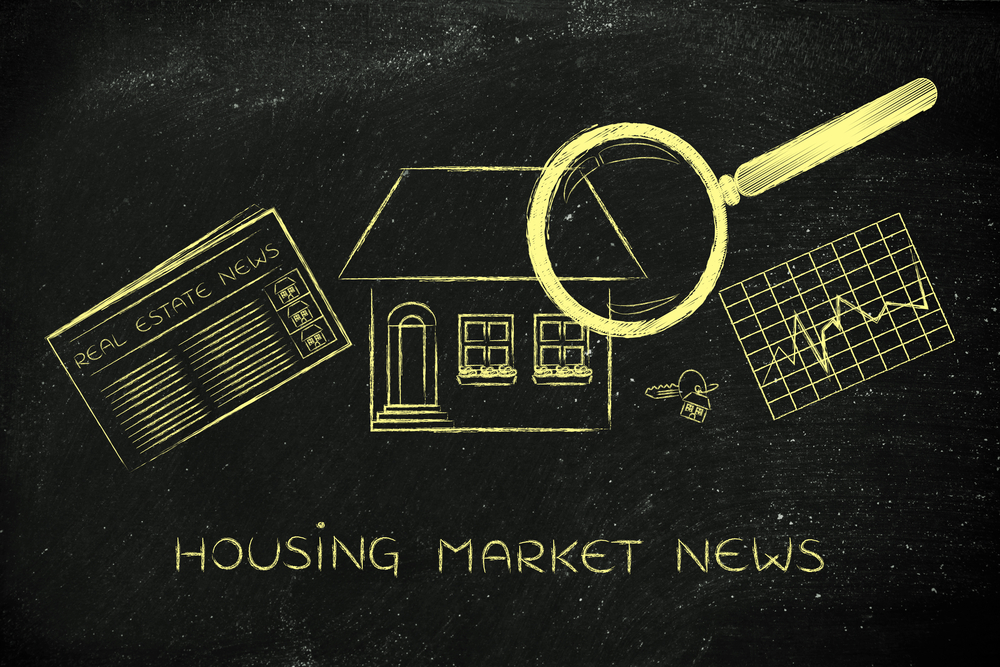Housing market and its comeback in 2016
After the housing market collapse in 2008, the industry took a long time to begin recovery and few homes for sale were priced at values equal to what they were before the market bust. The initial stages were slow and every real estate agent struggled to meet goals, but the recovery has since picked up speed. Many markets showed a record year in 2015 with more homes sold than any time since the collapse. The market is expected to continue the trend in 2016 although at a more realistic pace as inventory levels have fallen.
Steady Improvement
The Leading Market Index from the National Association of Home Builders and First American shows that the national average is at 95 percent of normal activity. The report also shows that 119 markets in the 340 metro areas around the country have either met or exceeded normal housing and economic activity in the first quarter of this year. Of those, 45 markets have seen a year-over-year gain.
The steady recovery is led by more jobs, low interest rates on mortgages and a gradually stabilizing economy. Almost all of the markets – at 324, have either met or exceeded their normal hour prices. A total of 66 markets have obtained normal employment levels or even surpassed them.
Top Markets
The market with the highest LMI was Baton Rouge, LA with 1.54 or a total of 54 percent higher than a normal level for the market. Other cities that showed similar growth include the following:
- Austin, TX
- Honolulu, HA
- Houston, TX
- San Jose, CA
- Oklahoma City, OK
- Los Angeles, CA
- Nashville, TN
- Charleston, SC
- Salt Lake City, UT
Large markets are not the only ones who have seen vast improvements in the last year. Smaller markets are also showing gains with metro areas like Midland, Texas and Odessa, Texas doubling previous numbers. Other cities with positive data include Walla Walla, Washington and Wheeling, West Virginia.
New Homes for Sale
One of the notable trends for the year is more newly-built homes on the market. As developers increase the number of new communities and subdivisions available, it will help replace the lack of existing homes. New construction generally follows the increase of sales for existing homes as builders wait for low inventory to drive prices up.
Even though prices on homes for sale has risen, the demand from buyers has been able to keep up with the market. Experts predict that 2016 will see moderate growth in most markets. In fact, back in December of 2015, Realtor.com predicted a total of six million homes to be sold this year.
What has been interesting to see so far into 2016 is that even with lower affordability for many buyers because of higher prices, there are still plenty of people who want to buy homes. Interest rates have stayed low despite predictions of increases, which has fueled the idea that now is the time to buy.
Regardless of whether you’re a real estate agent, lender or a buyer or seller, the housing market in 2016 is going to be an interesting one to watch.


